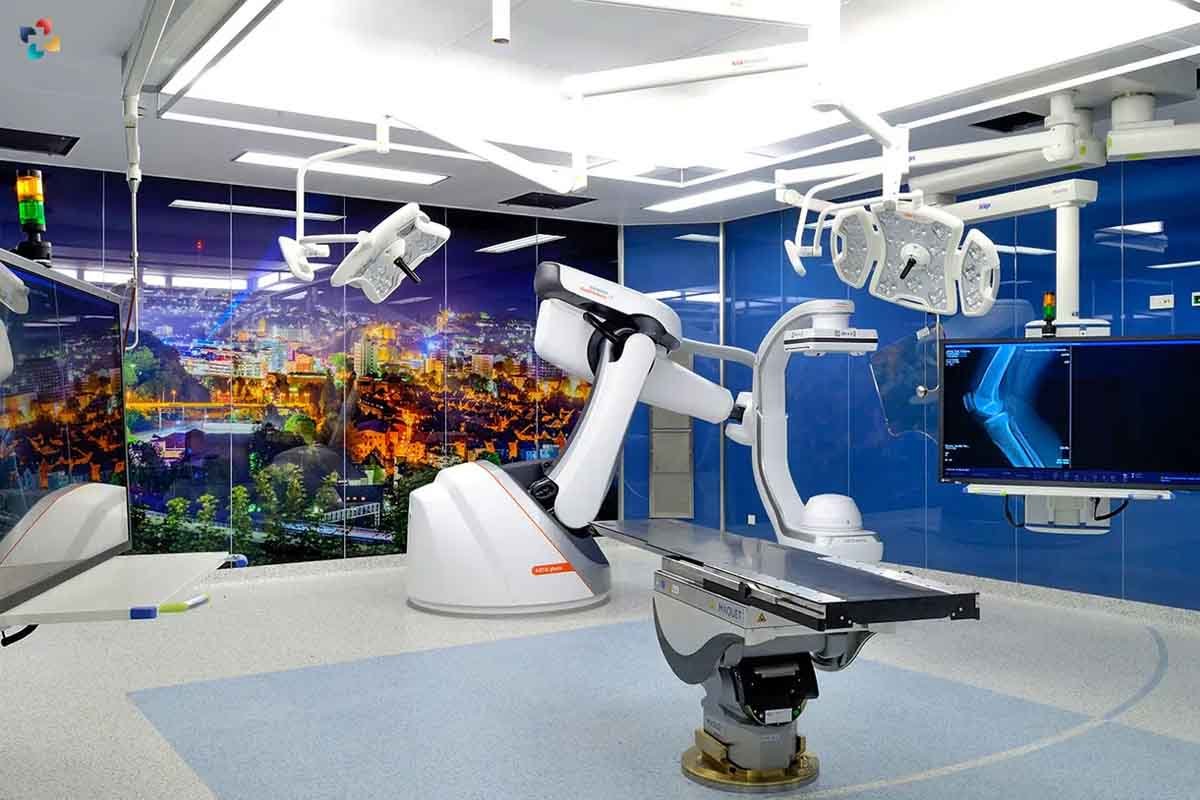The ultimate guide to a successful medtech is most important for every Medtech student. A decade ago, if I had asked you what are the prominent industries in the market at that time, your probable answers would have been education, healthcare, biology, finance, media, agriculture, etc. If I ask the same question today, your answers would probably be EduTech, HealthTech, Biotech, Fintech, MediaTech, AgriTech, etc.
Evidentially, technology has influenced the business scenario big time. More so since the pandemic, the demand for medical services and solutions has drastically increased and MedTech companies are catering to the demand with innovative solutions. This demand is expected to only grow in the coming years and if you want to maximize the opportunities and Ultimate Guide to a Successful Medtech, this blog is for you.
1. Definitions and Overview of the Field: Ultimate Guide to a Successful Medtech
In terms of the Ultimate Guide to a Successful Medtech, there is a great deal more to the field of medicine known as “Successful Medtech” than only robotic surgeons. One of these three broad categories may be applied to the vast majority of products, services, and approaches that have anything to do with healthcare:
MDs include everything that is utilized for the physical diagnosis, treatment, monitoring, or care of human beings, such as a product, service, or solution.
In Ultimate Guide to a Successful Medtech vitro diagnostics are a kind of testing that is carried out in a laboratory on biological samples (such as blood, urine, or tissues) and does not involve any intrusive procedures (IVDs).
The resources and services that make use of information and communication technologies (ICTs) with the goal of enhancing health and wellness-related tasks such as prevention, diagnosis, treatment, monitoring, and management are referred to as “digital health and care” (also written as “digital health and care”).
2. The Design: Ultimate Guide to a Successful Medtech
When it comes to healthcare items, is technology taking precedence over aesthetics? Wrapping technology in a generic case makes it more marketable. That’s not the case, is it?
3. Architecture for Medical Technology and Successful Medtech
Doctors and patients have higher expectations as medical science and practice advance. People prefer, even in healthcare settings, to be surrounded by high-quality technology. These days, the form and function of our home devices and appliances are given much greater consideration. Details matter when it comes to picking out a phone, vehicle, or even a scooter. Shouldn’t we expect “beautiful and helpful” from our medical technology?

In my opinion, the Ultimate Guide to a Successful Medtech is important for the environment, the users, and the procedure of using a medical device to inform the design of the device itself. I don’t think I need to point out the obvious distinction between medical equipment found in homes and that found in hospitals.
When I think about portable medical technology, the ease of use and lack of learning curve that they provide are the first things that spring to mind. To a large extent, similar to modern electrical gadgets. The primary goal of designing medical tools is to save physicians time, therefore the end product is based more on observation, consultation, and logic than on any kind of intuitive “feeling.”
4. An in-depth analysis of the industry’s operating principles.
After digital communications, medical technology has the most patent applications among technological sectors. It has advanced well beyond the levels of both medicines and biotech.
There is little correlation between the specific industry and the level of engagement of Angel funds and VCs. Despite the fact that the market has shifted its focus away from general life sciences investments and toward biotech and Ultimate Guide to a Successful Medtech, it is still useful to consider the investor’s area of expertise.
When seeking initial finance, many Successful Medtech businesses are recommended to approach incubators, university spin-out funds, or angel investors. When the first proof of concept is achieved, it is time to contact specialist VCs. Crowdfunding is gaining popularity among businesses as an alternative to the traditionally inaccessible expert angel investors and VCs.
However, before significant firms exhibit interest in acquiring Successful Medtech, it must undergo a lengthy commercialization process, including regulatory clearances, academic publications, and commercial sales in important countries. Crowdfunding investors’ hopes for a favorable long-term ROI seldom materialize.
But it’s also true that the rigorous testing and control of the commercialization process makes Successful Medtech a safe bet for investors. It’s a terrific addition to the portfolio of a specialist since such specialists have experts who can analyze the feasibility of the product even at the earliest stages.
Inventors and businesspeople interested in the medical technology sector would do well to remember that the industry operates on a distinct investment and exit timeline than other areas of the life and biological sciences.
When it comes to in vitro diagnostics (IVDs), the biggest sub-sector of the medtech industry, acquisitions are typical not just with industry titans like Medtronic and Johnson & Johnson but also with Google and Novartis. The inner workings of the Successful Medtech sector are discussed in considerable detail, including commentary from industry professionals. This is the best Ultimate Guide to a Successful Medtech.
5. Who are the major participants of Successful Medtech?

Take a look at this Ultimate Guide to a Successful Medtech. As of the year 2020, Europe is home to more than 30,000 medical technology firms. Germany is home to most of them, followed by Italy, the United Kingdom, France, and Switzerland. The vast bulk of the medical technology business is made up of SMEs (small and medium-sized enterprises), with most SMEs employing less than 50 people.
Companies like General Electric (GE), Philips (Philips Healthcare), Johnson & Johnson (Johnson & Johnson DePuy Synthes), Siemens (Siemens Healthcare), and Abbott (Abbott Healthcare) are among the most recognizable brands in the medical technology and equipment industry.
Start-ups including the UK’s Babylon Health and Elvie, Sweden’s Amra and Kry, and Germany’s Ada Health are making waves throughout Europe.











